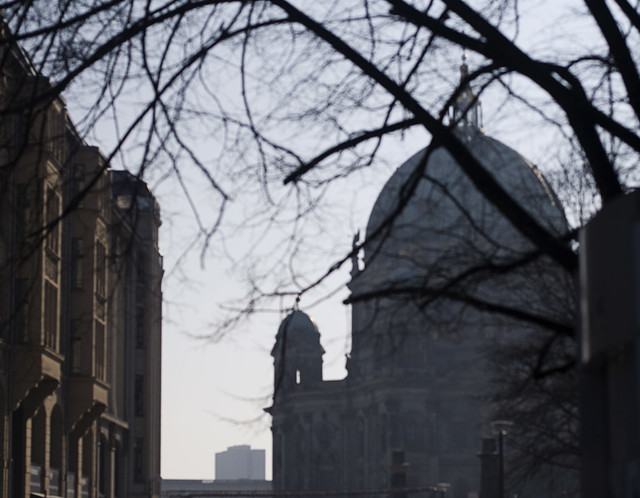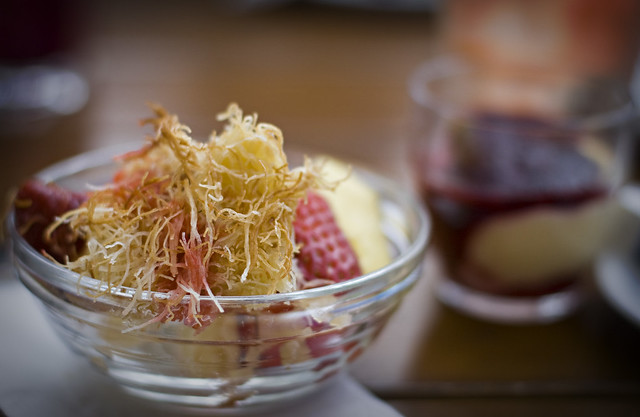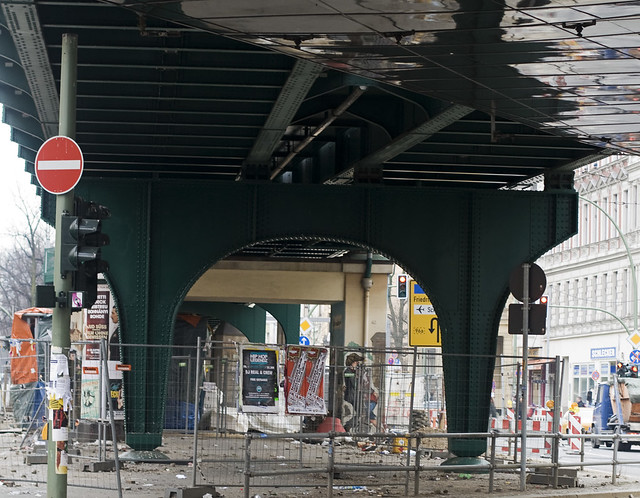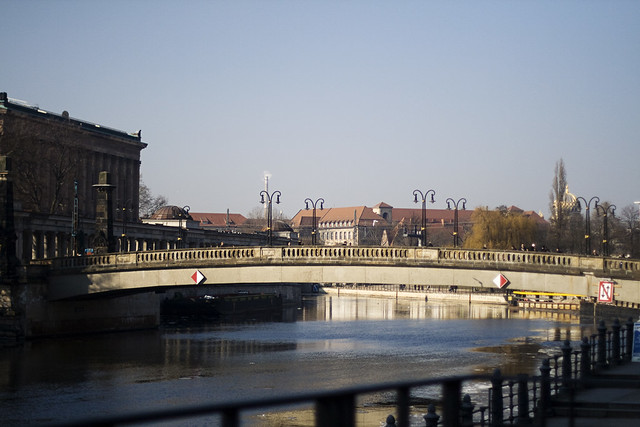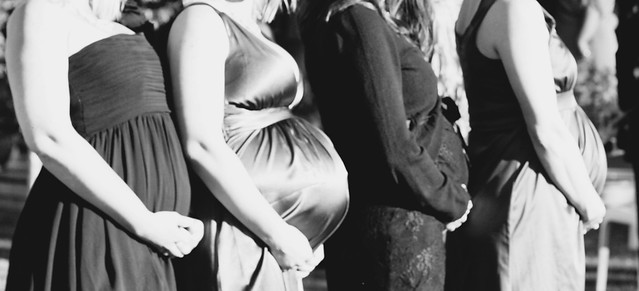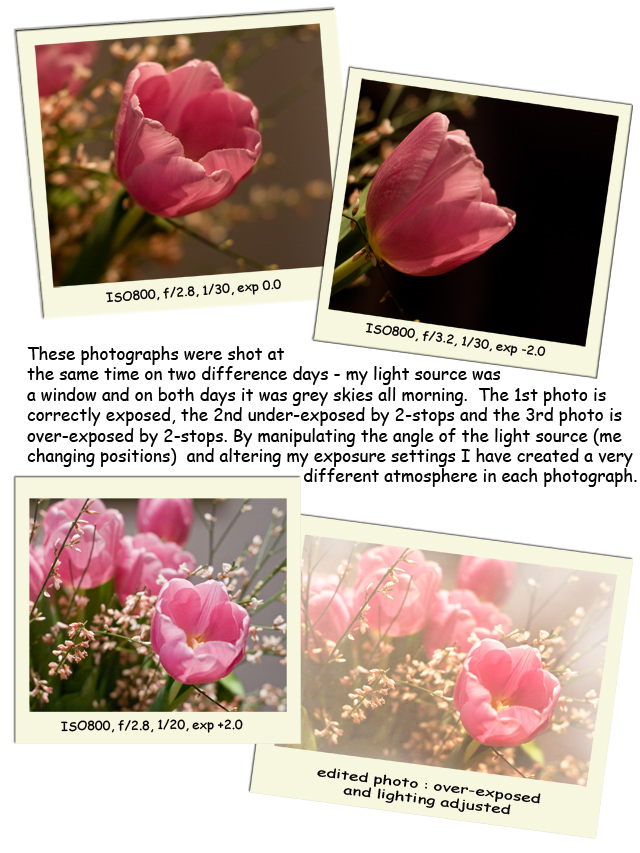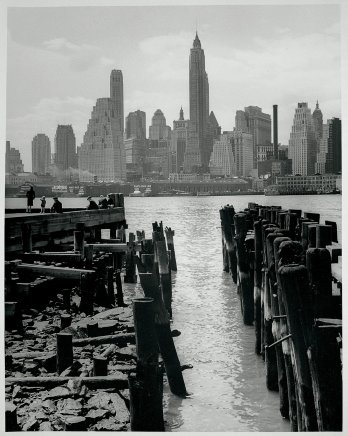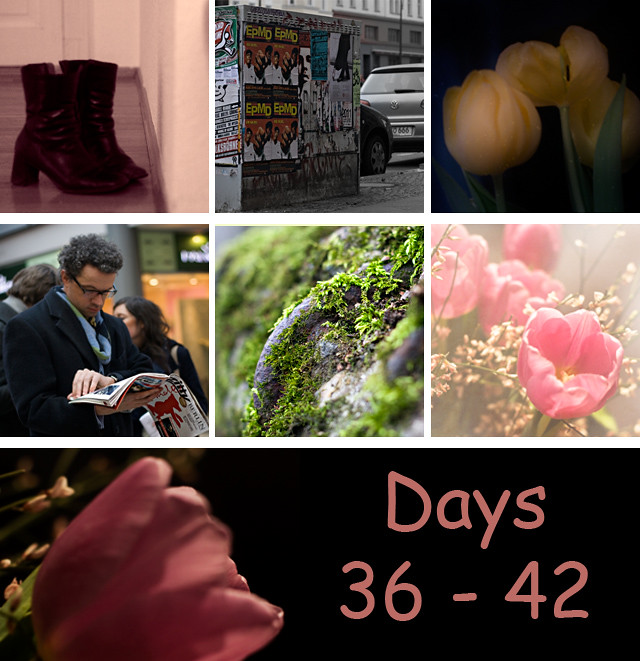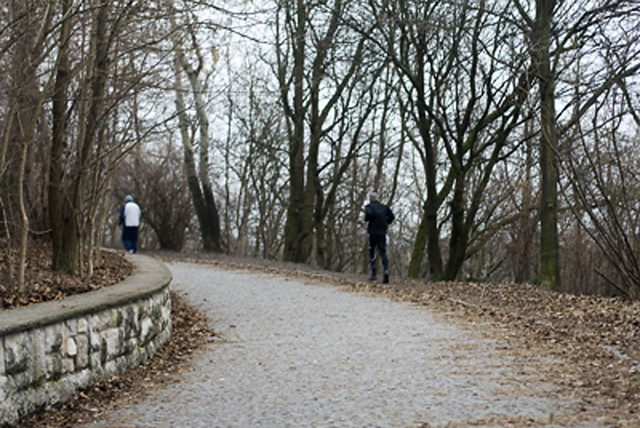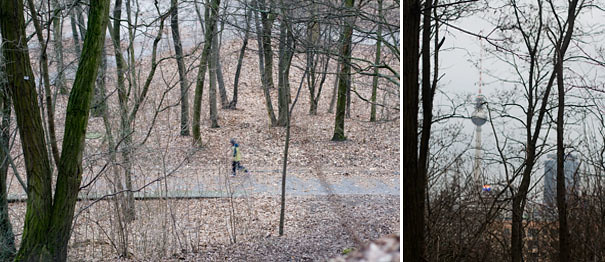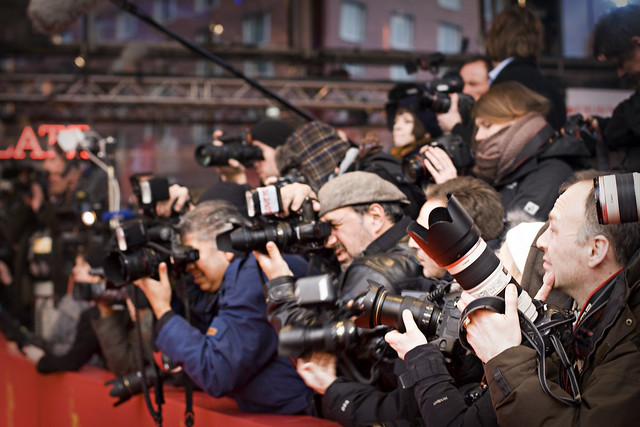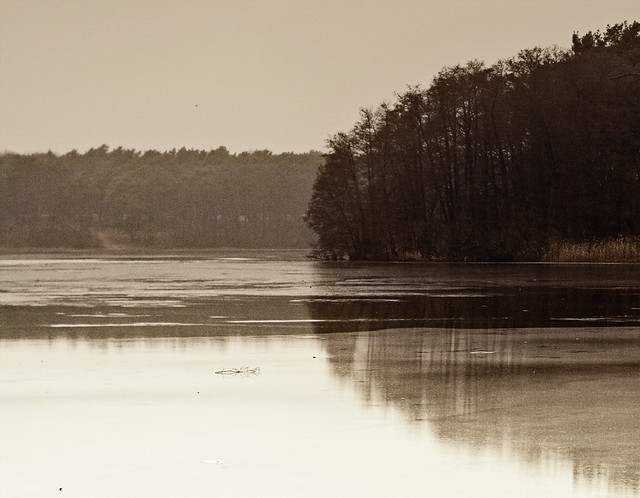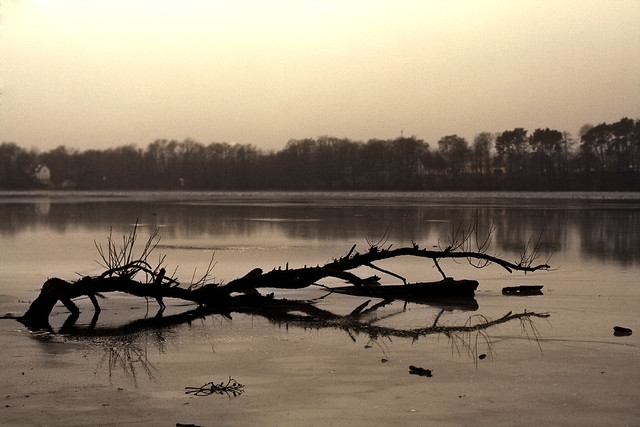Ages and ages ago now I signed up for the Sketchbook project - a project that I still love in concept but in reality turned out to be an epic fail. My intentions were good, I recruited good people onto my team of merry Sketchbook-Helpers and had all the resources at my ready. But unfortunately it wasn't to be. Perhaps my first mistake was to choose a rather ambitious theme (
reason here), or the fact that we were experimenting with the Polaroid for the first time. It is even possible that had I remembered to bring pencils and pens instead of using things found at the bottom of handbags and in a 4-year-olds emergency
keep-me-quiet-while-at-a-restaurant-bag we might have had more success. Whatever the reason "Things Left on Serviettes" is being put to bed.
But not without a proper account of the idea and my families artwork here, plus a few useful lessons on what went wrong.
After a few initial stumbling blocks I decided that the perfect project would be something akin to a family journal documenting our food and wine trip to
South Australia. I had a new-to-me vintage Polaroid, Polaroid film from
the Impossible Project and eight mostly willing adults in which to help me out.
The plan was simple, every day one adult would be in charge of taking a polaroid photo of our lunch or dinner. The only caveat was that it had to have a serviette in the frame. The same person then had to create a page of the sketchbook which included the polaroid and whatever else they wanted to include.
It started off brilliantly and infact, my mum's page (first photo) is almost complete.
The Polaroid picture taking also went reasonably well. There were a few hits and misses when we totally fudged the exposure or someone bumped the photographer mid-photo. But these things happen when you're on holidays and wine tasting is the name of the game. It was to be expected and in my mind would have only enhanced the final Sketchbook.
The real un-doing came when I read on the
Impossible Project that Polaroid Photos will continue to change colour and darken after the photos are taken. I can now testify that this is true as the five remaining photos (left) have darkened significantly since they were taken in November. Given that we wanted the Polaroids to last the first two photos that were taken were peeled apart and the photo's 'saved'.
But then disaster struck... nowhere on the Impossible Project's internet site does it say that the now exposed Polaroid would be incredibly sticky and not dry. Ever. The two photos stuck to everything they touched. Below is my Mum's photo stuck to a page of the journal. Even looking at it today makes me sad. The sign of a project gone horribly wrong.

And below is my sister's boy-friend's page. It was awesome. He spent a good 1/2 hour completely absorbed in creating this which I reckon was pretty good for a 22 year-old who "can't draw" and was more interested in kicking the soccer ball around with my 4-year-old Nephew and watching the cricket than participating in his girl-friend's sisters art project. The drawing (pencil courtesy of someone's handbag - remember?) was an extension of the Polaroid - a view over his plate with whoever was sitting opposite him as a hazy, blurred figure. It looked great. On the opposite side of the page you can just make out some of the original photo which has stuck to the opposite page, and a picture drawn by my Nephew.

Needless to say after these two disasters noone was too keen to peel their Polaroids until a better solution had been found. I'm still looking for said solution and the Sketchbook is now back in Berlin quietly gathering dust. Submissions for the project needed to be back at the Brooklyn library by the end of January.
I'd still like to continue with this project. I love the five photos that we still have, I still love the idea and maybe, someday, I might feel better about the whole thing and be ready to begin again. But for now, as I said, it's being put to bed.

